In this blog I’ll be discussing the steam trains of Disney World’s Magic Kingdom.
Roger Broggie, who was responsible for building much of Disneyland’s railroad, was put in charge of Walt Disney World’s transportation system. Since everyone knows that Florida is flat, it came as a surprise to Broggie when he discovered that his trains around the Magic Kingdom would have to deal with a 2% grade. His solution, buy larger locomotives than those used at Disneyland. Not only would they be more powerful and negotiate the grade better, they could also pull longer trains, thus increasing capacity.
Steam engines first appeared on the Yucatan peninsula in 1875. For years, these work-horses hauled supplies in and out of this isolated region. In the early to mid 1960’s, the Mexican government was busy replacing many of these engines to diesel-electric locomotives. Once an engine was replaced, its tired remains were hauled off to a holding area to rust in the elements. With this knowledge in hand, Broggie and Earl Vilmer headed to Mexico with a directive to buy four engines for the Magic Kingdom.
The first two locomotives selected were identical 1925 Baldwin 4-6-0 “Ten Wheelers.” For 40 years these two engines had carried Agave sisalense (sisal hemp), a local crop to the dock at Progreso.
The next engine chosen was a Baldwin “Mogul”-type 2-6-0 built in 1928. And finally, a Baldwin “American”-type 4-4-0 built in 1916. An agreement with the Mexican government called for Disney to pay $8,000 each for the four locomotives.
As Broggie and Vilmer were concluding the deal, another engine caught there eye. Perched on a platform in the middle of a small park was a 2-6-0 Mogul built by the Pittsburgh Locomotive Works in 1902. When they asked the Mexican officials if it was for sale they were told that they could have it for $750 if they would haul it away. So an unexpected fifth locomotive was added to their collection.
Restoration of the engines was to take place at a Tampa shipyard. It was Disney’s desire to give as much work as possible to Florida businesses to help strengthen their ties with the community. Initial plans called for the five locomotives to be floated across the Gulf of Mexico on a huge Mississippi-type barge. But upon further investigation, it was determined that it would be cheaper to send them by rail, even though the journey was over 2,000 miles.
When restoration began, the machinist found that the engines were in worse condition than originally thought. In fact, the fifth locomotive, the one found in the park, presented so many challenges that it was eventually sold.
The tenders were completely useless and everything except their trucks were discarded and then rebuilt. One engine’s frame was broken in half and required a master welder to put it back together. The boilers on all four engines needed to be replaced with new ones and the wood and steel cabs were exchanged with new designs created by the Imagineers in Glendale.
Remembering the trouble Disneyland had with the loading and unloading of the original passenger cars and how the newer Narragansett-style open air cars solved this problem, it was decided that a similar “excursion car” would be used at Disney World. The passenger cars would be 40 feet long, have 15 benches, and carry 75 guests. Twenty coaches were built from the ground up at the same Tampa shipyard where the engine restoration was taking place. In the end, the team completed their project under budget and ahead of schedule.
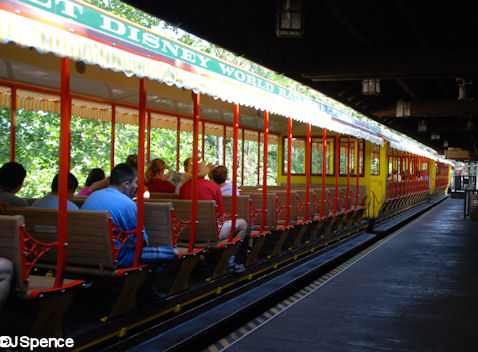
The four trains are named as follows:
No. 1 – Walter E. Disney – This was one of the twin 4-6-0 “Ten-Wheelers and the tallest of the four. It’s painted red and pulls red cars.
No. 2 – Lilly Belle – This was the 2-6-0 Mogul-type engine. It’s painted green and pulls green cars.
No. 3 – Roger E. Broggie – This was the other “Ten Wheeler” and is painted green and pulls yellow cars.
No. 4 – Roy O. Disney – This was the 4-4-0 “American”-type engine. The engine is painted red and it pulls blue cars.
At night, all four engines are stored behind the Magic Kingdom in an interesting roundhouse. The ground floor houses the steam trains and the upper level houses eight of the eleven monorails.
Like Disneyland, when the Magic Kingdom opened it only had two stations, one on Main Street and the other in Frontierland. But unlike Disneyland, one train never passed another while sitting in a station. A third station was added between Fantasyland and Tomorrowland in 1988 when Mickey’s Birthday Land (now Mickey’s Toontown Fair) was erected. A trip around the Magic Kingdom, including stops, takes approximately 20 minutes, covering 7,809 feet, the longest of the Disney trains, at an average speed of 10-12 miles per hour.
When Splash Mountain was built, it became necessary to remove the “stand alone” Frontierland station to make way for the new attraction. When completed, a new station had been incorporated into the overall design of Splash Mountain and the train now ran through the ride, affording guests a view of some of the “goings on.”
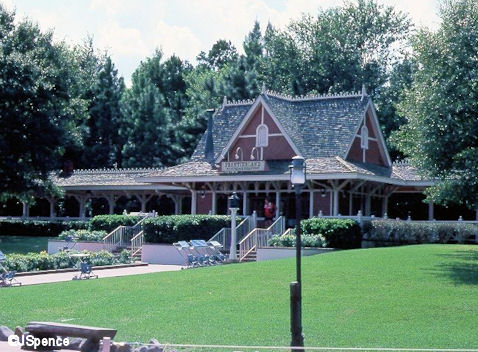
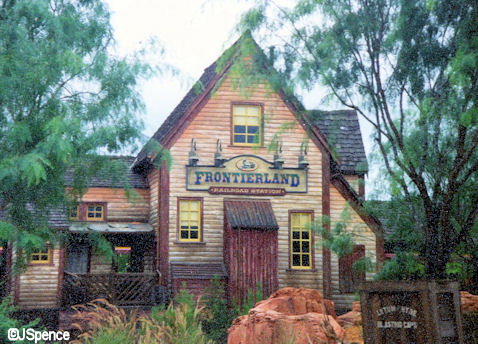
The Walt Disney World Railroad does have a feature unique among the five worldwide steam train loops. After leaving Thunder Mountain, it crosses a large, truss bridge that sits atop a turntable. When necessary, the track can be pivoted out of the way and provide boat access between the Rivers of America and the Seven Seas Lagoon.
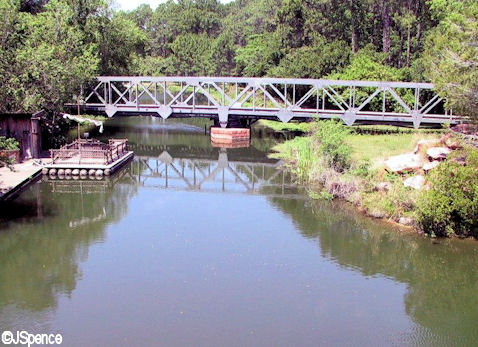
Behind Fantasyland the train runs along a canal. In the early years, guests occasionally could spot an alligator swimming slowly or sunning itself along the banks. But for a long time now, Disney captures any gator that ventures too close to public areas and relocates it to a more secluded area.
I’m sure you’ve all heard the train blow its whistle while riding the rails. Well these toots aren’t for the guest’s benefit, even though they do add enjoyment to the ride. They’re actually used as warning and signaling devices. Here is a list of the whistles and their meaning:
“¢ One Short – Attention
“¢ Two Short – Forward Movement
“¢ Three Short – Reverse Movement
“¢ One Long, One Short – Approaching Station
“¢ One Long, Two Short – Crew spotted along track. (Also used as a general greeting)
“¢ Two Long, One Short, One Long – Public Crossing ahead.
“¢ Two Long, One Short – Meeting Point (Junction)
“¢ One Long – Stop Immediately / Emergency stop.
“¢ Four Long – Train in distress – let’s hope we never hear this one!
There was another steam train system at Walt Disney World. It was used to transport guests around Fort Wilderness and ran from 1973 to 1977. Click here to learn more.
Check back tomorrow for my final steam train blog where I’ll be discussiong the Tokyo, Paris, and Hong Kong parks.

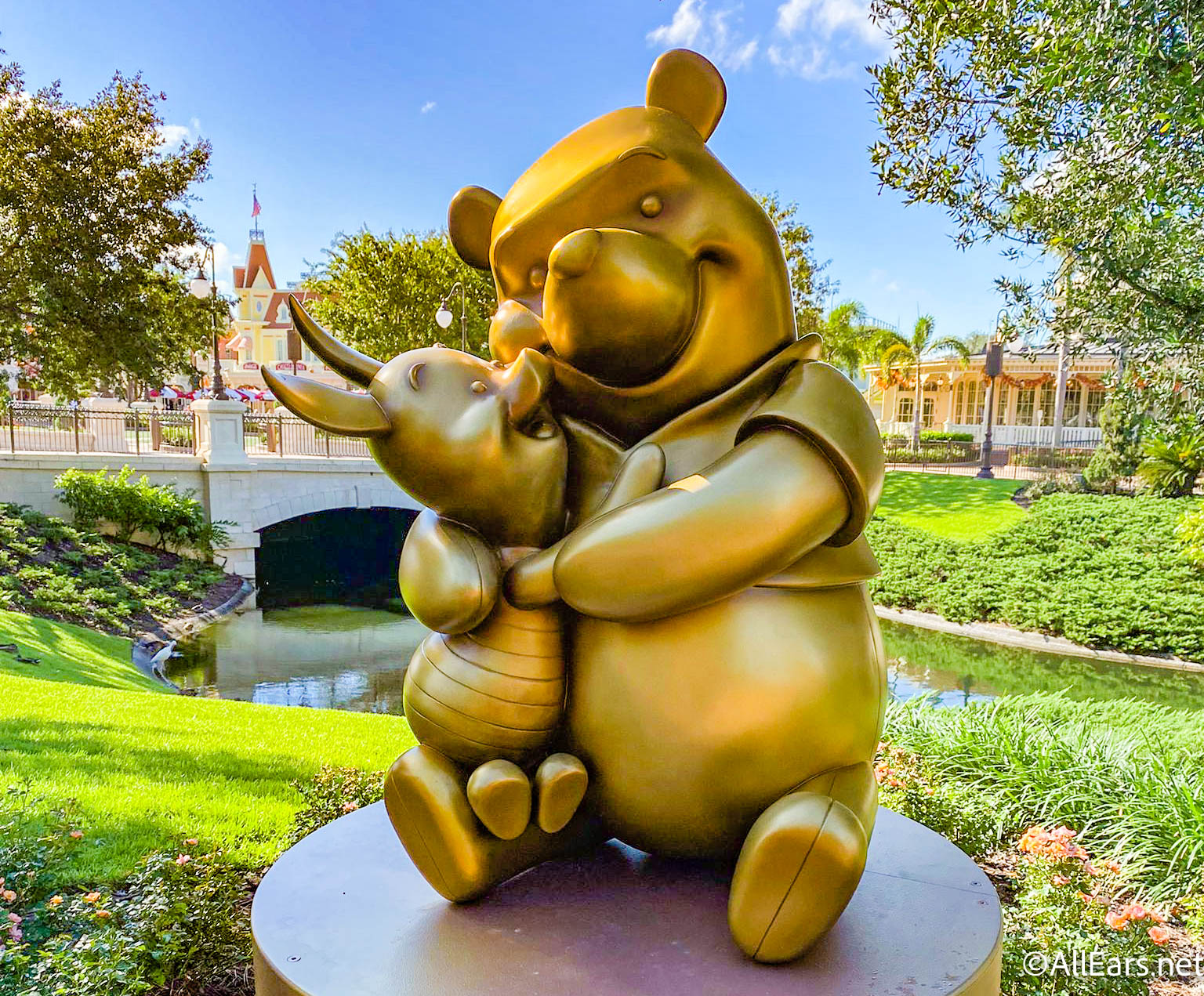
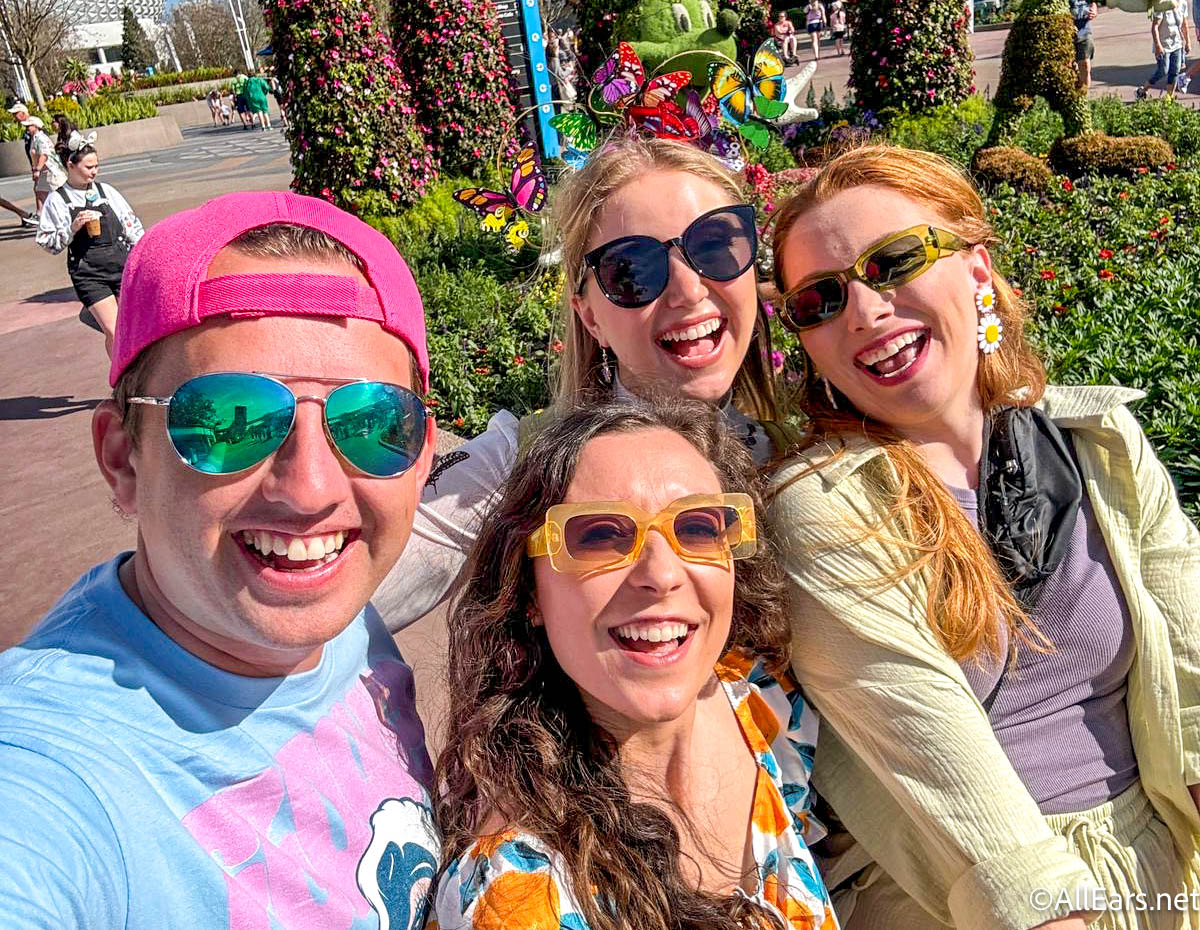

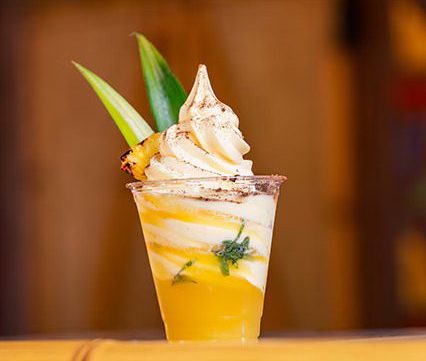
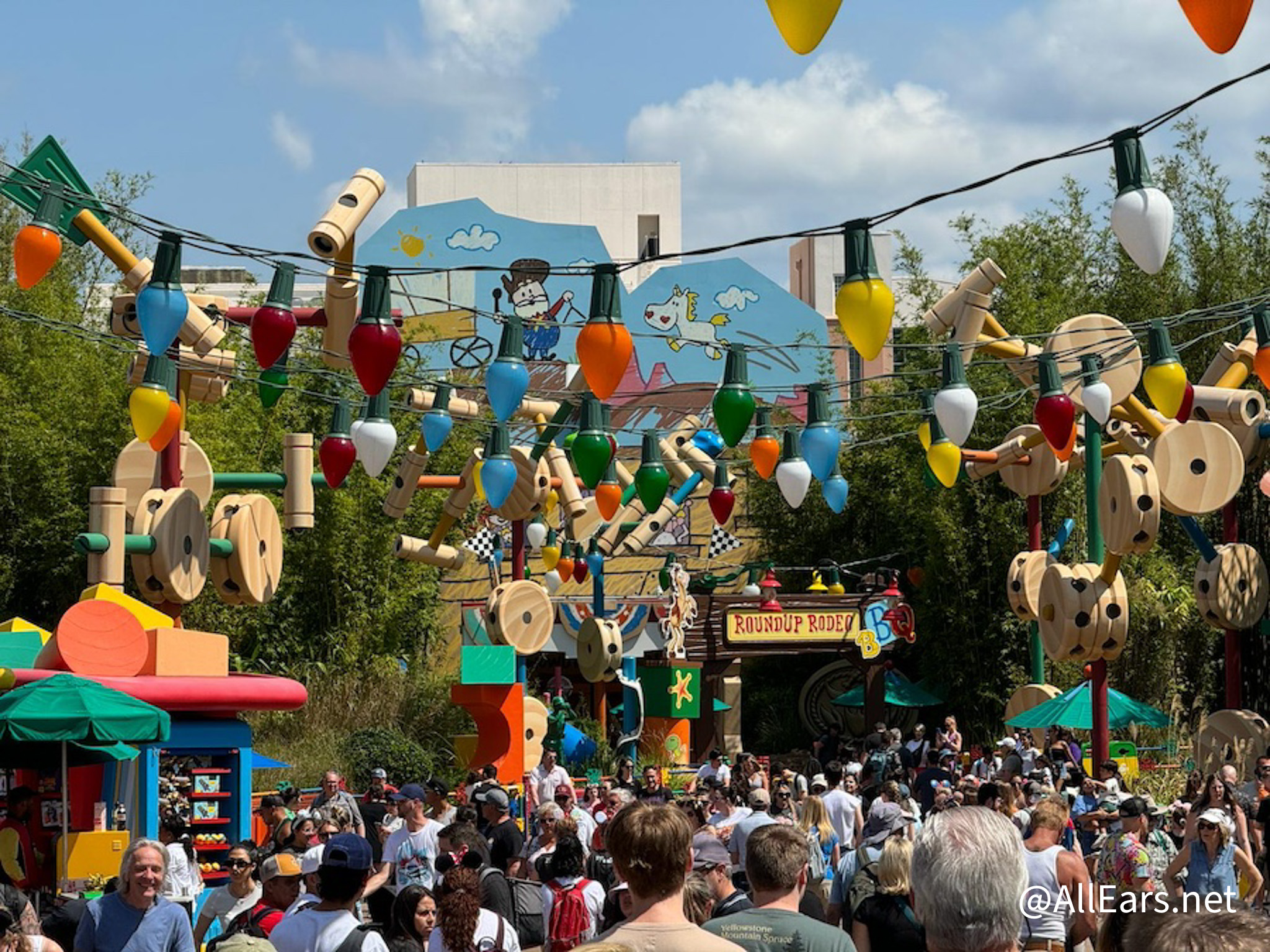
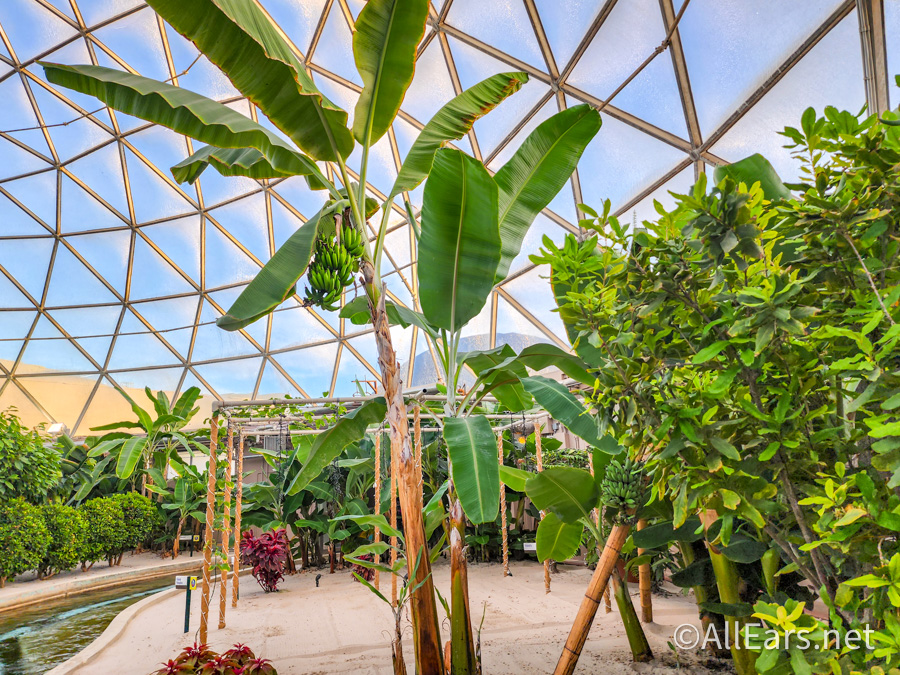

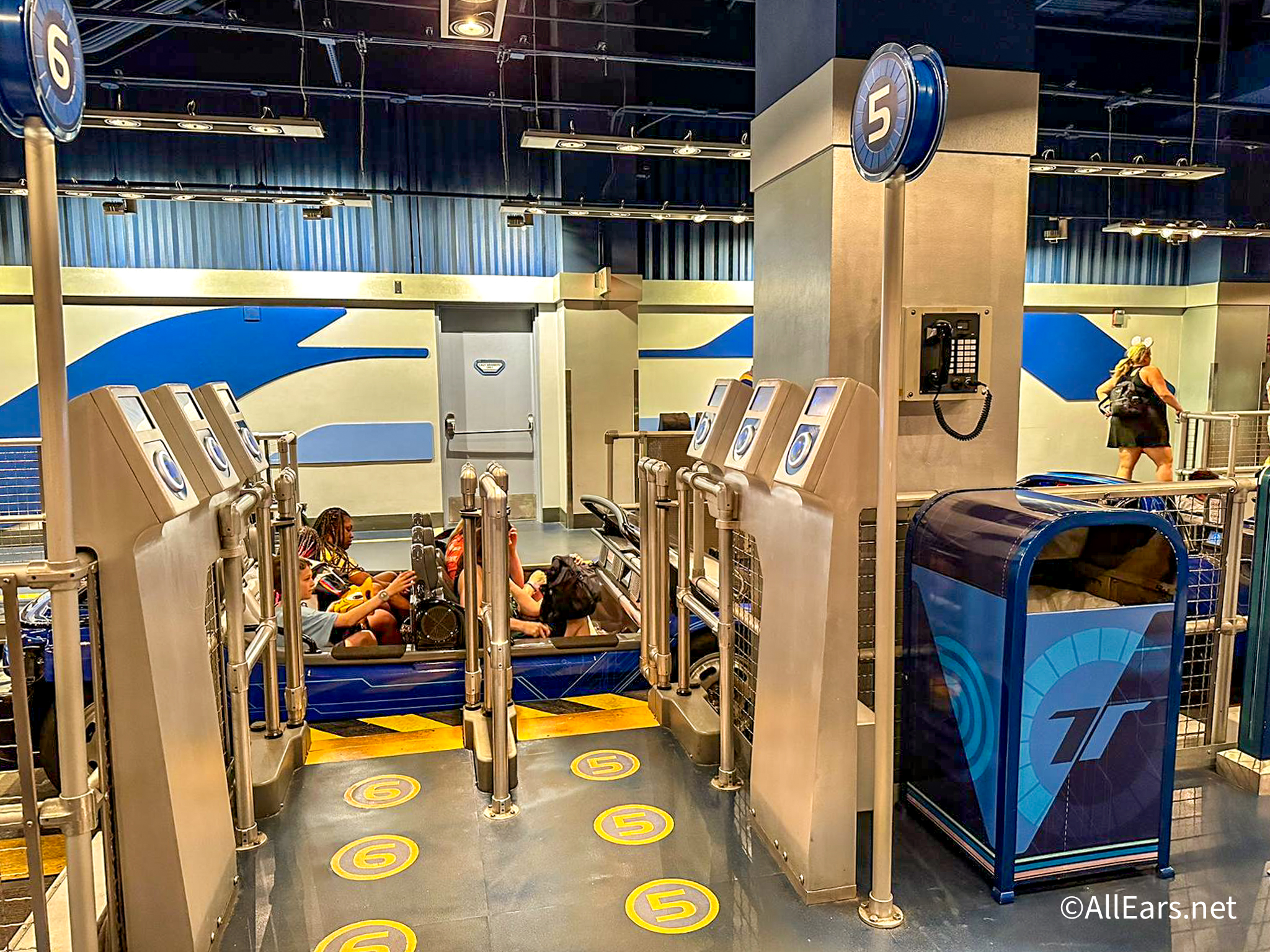
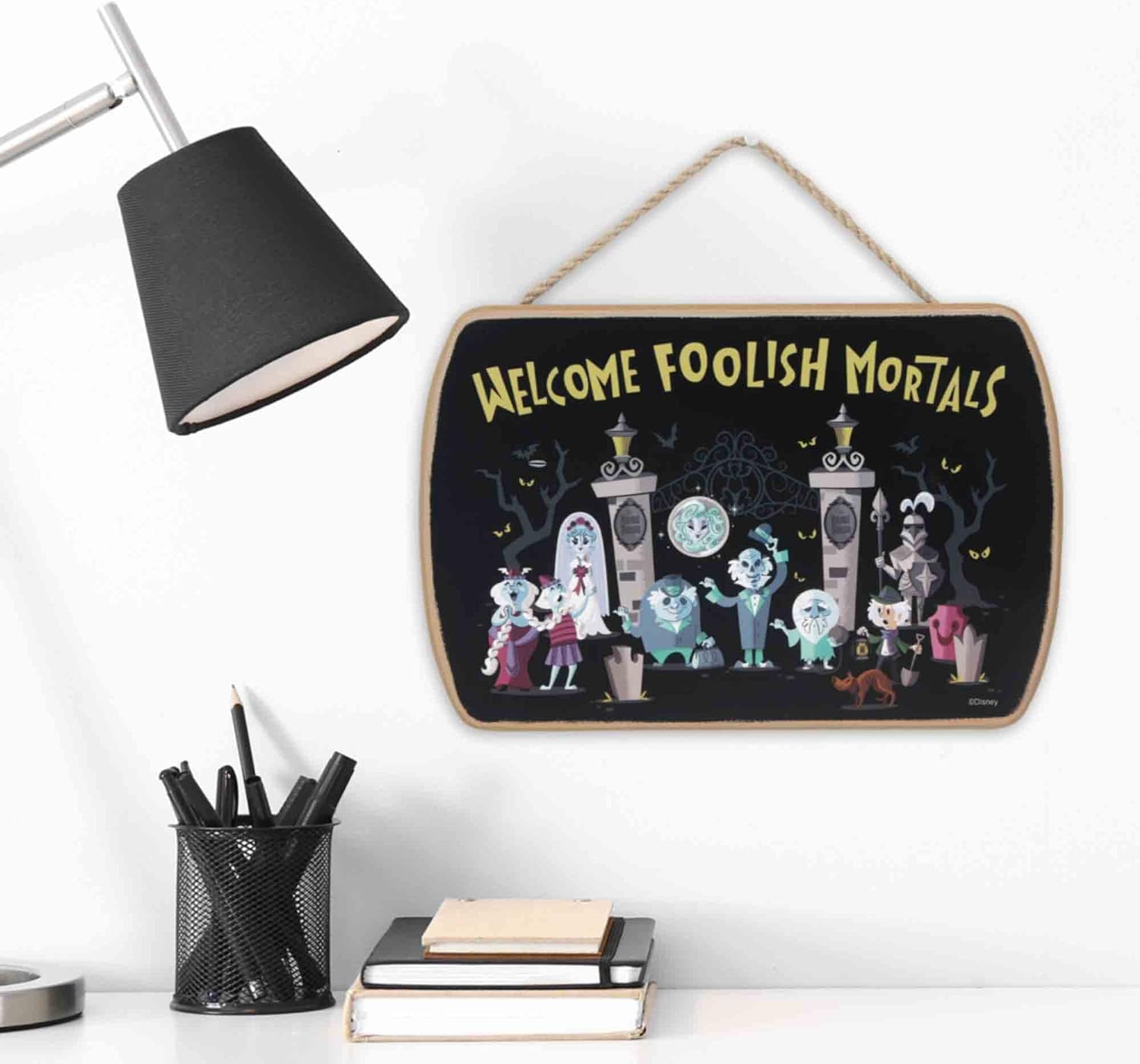
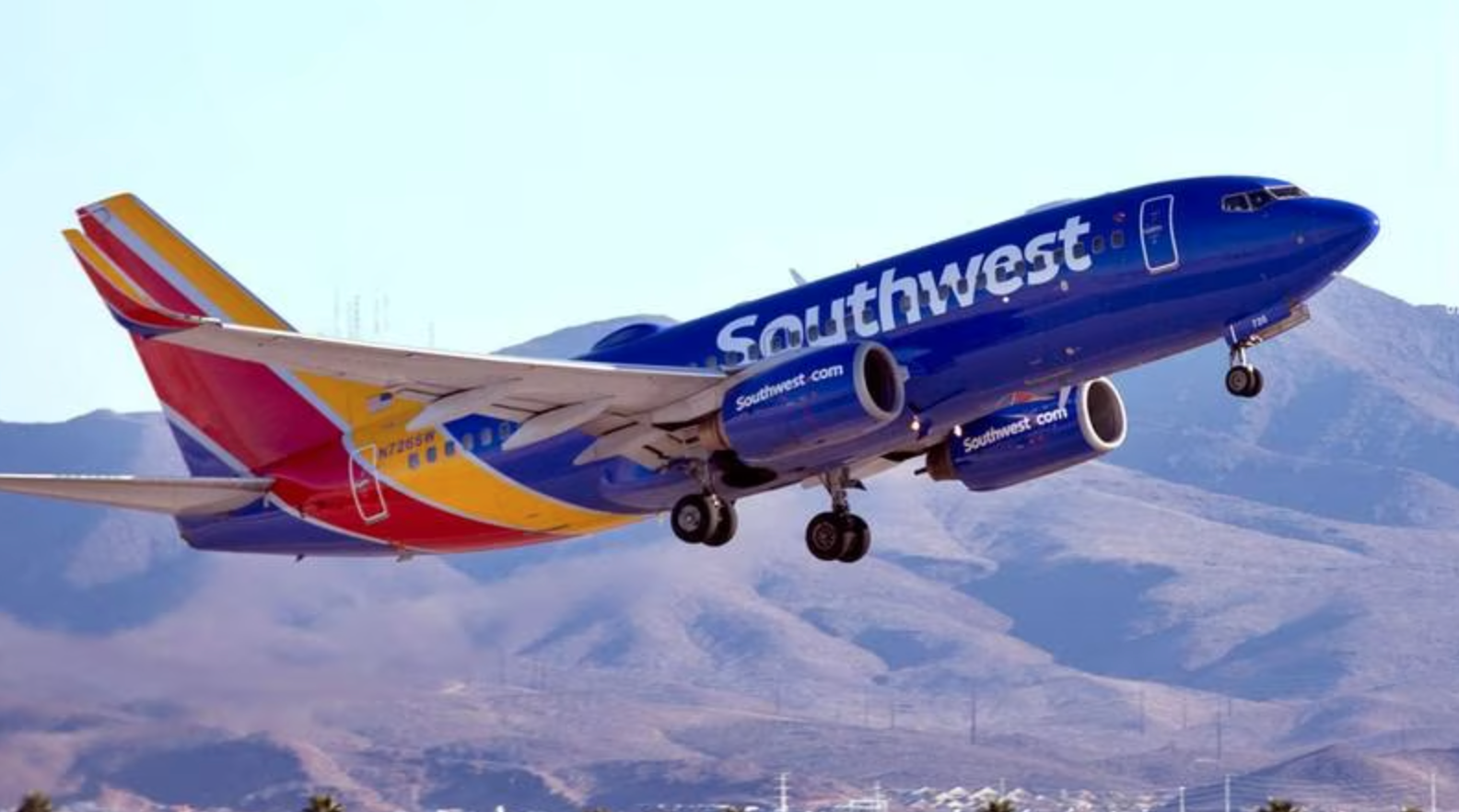

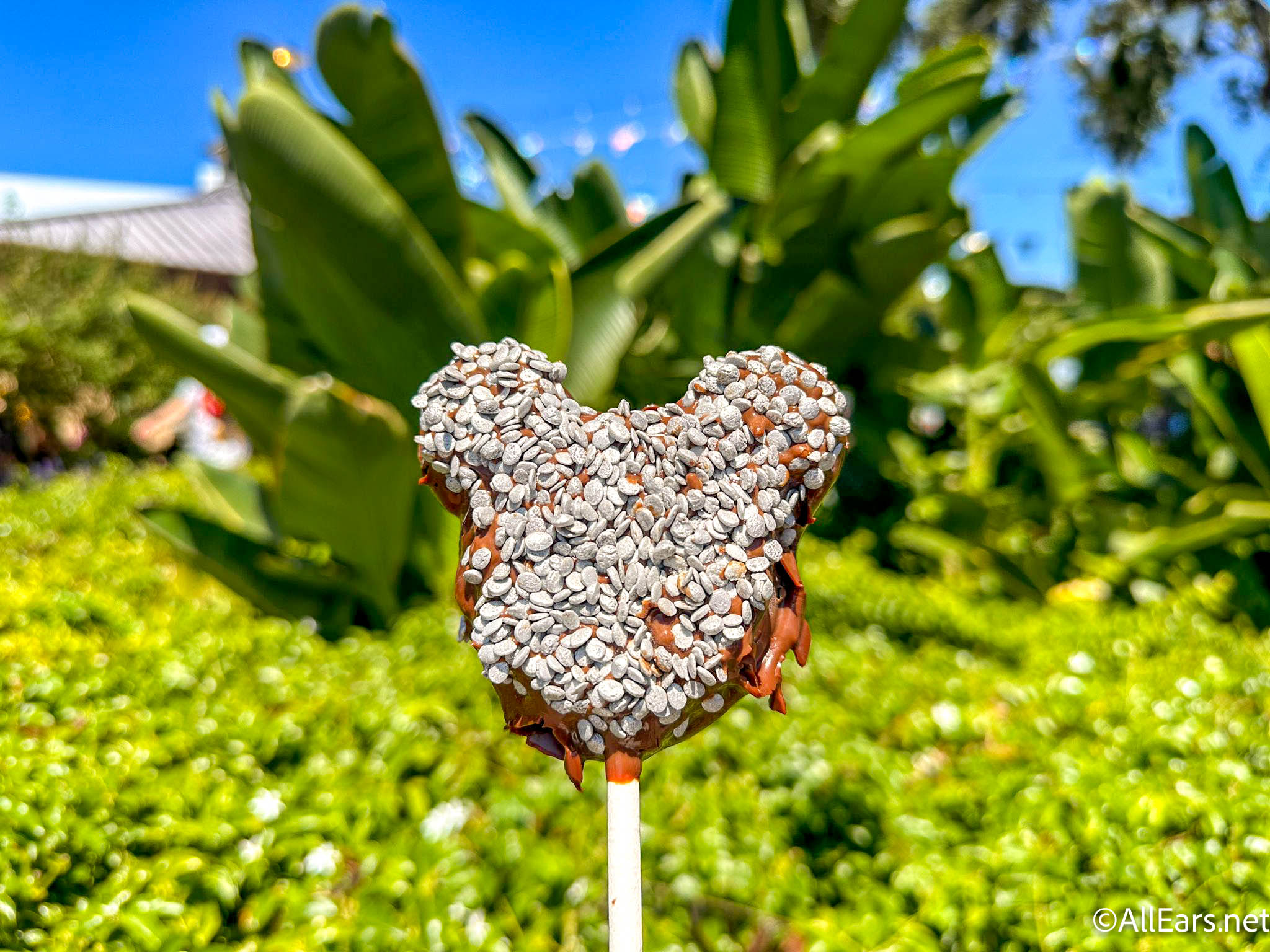




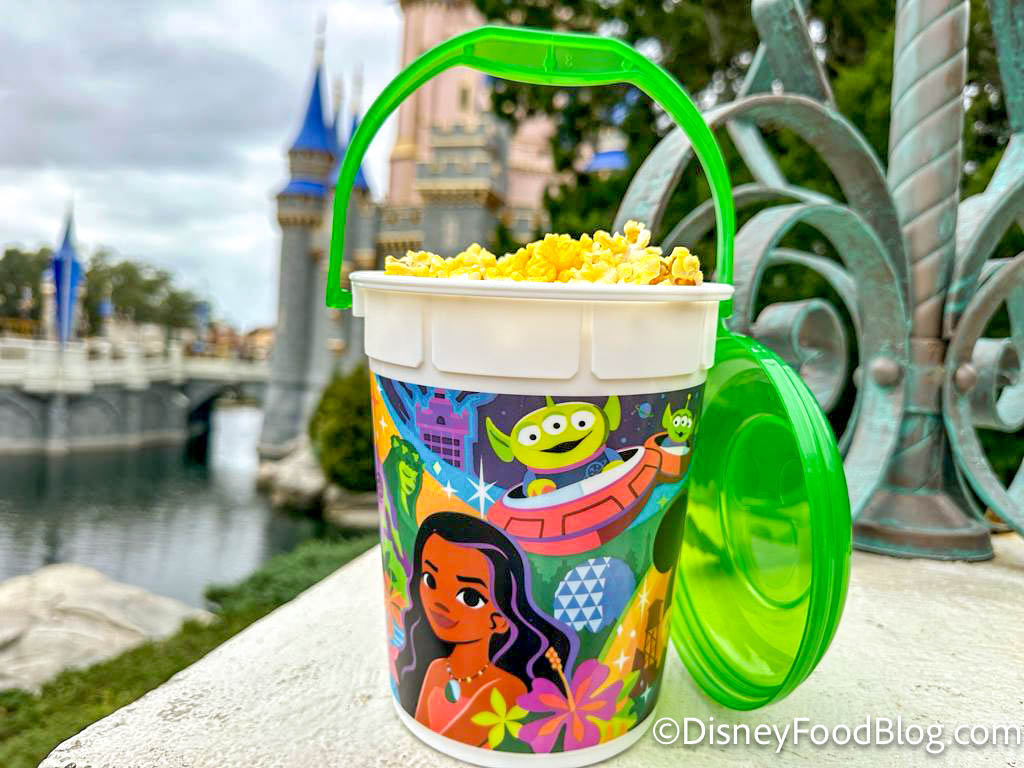
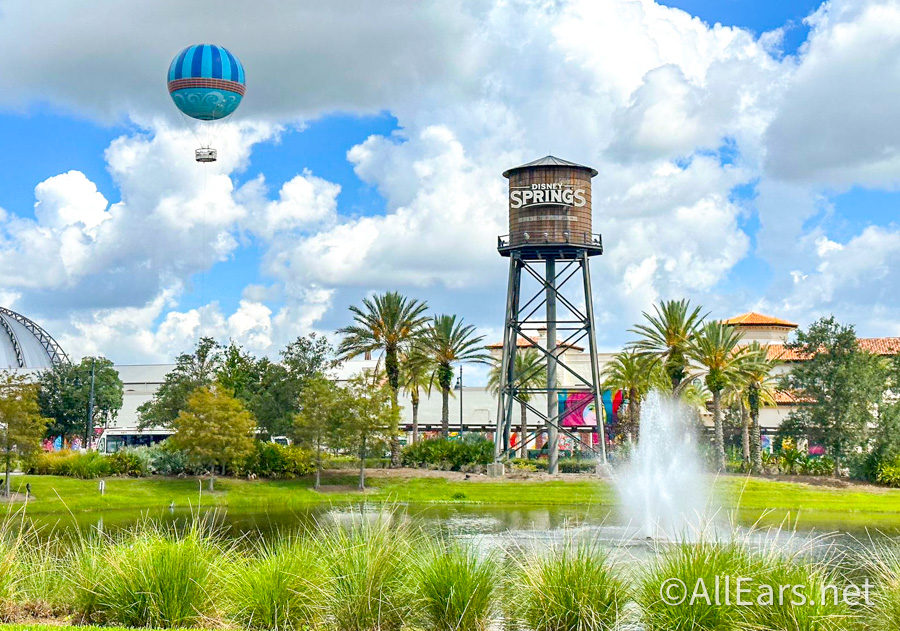
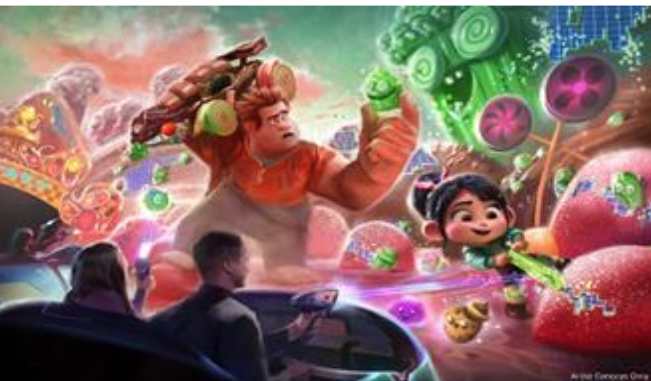


Hey Jack,
As always, I’m late to tag in but thanks for this Blog. I have always been a huge fan of Steam Engines. I got all excited when I read one of the Engines at WDW was from the Pittsburgh Locomotive Works, my home town. Then I read on to find it was sold 🙁 I though Finally a Pittsburgh connection to WDW! Oh well better luck next time:)
P.S. I’m sure one of your other readers mentioned this somewhere but in the DVC wing of Wilderness Lodge is a great little lounge that has some very cool Train memorabilia, pics of Walt and his trains, and two of the actual cars from Walt’s personal train, the “Carolwood Express” on display. Its an awesome little spot for a relaxing break for train lovers and non-train lovers alike!
gosh ! i wish i was on the train right now . but wait i will be in 2 weeks .
hey jack
great blog on the steam railroad at WDW. Whenever I feel I need to kill some time while waiting for a fastpass, i always ride the train. It’s peaceful and relaxing compared to the hustle and bustle of the rest of WDW. can’t wait for your next blog and as always, keep up the great work.
Hey Jack,
I really enjoyed learning about the steam trains at WDW! I had read a little about this in one of your previous blogs, but the majority of this was news to me.
I had no idea the whistles had any meaning other than to add atmosphere to the park. Details, details, details!
-Kirstin
Interesting stuff, Jack. I wonder if the “New Fantasyland” that’s coming will lead to some changes with the Toontown Fair station, since it sounds like that land will be replaced.
AllEars: The Toon Town station is currently scheduled to remain, but to be re-themed.